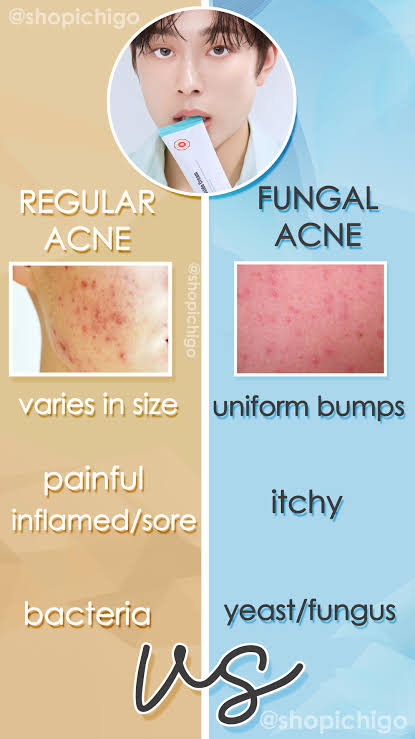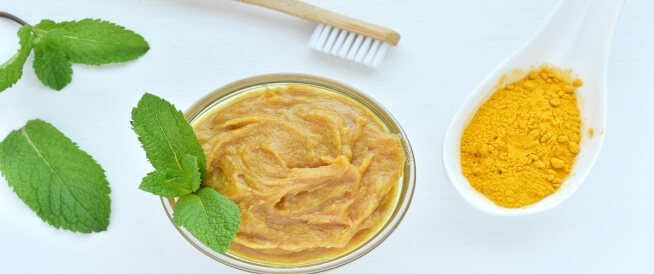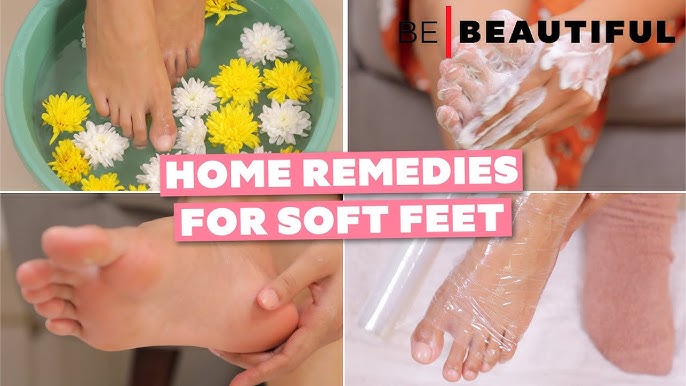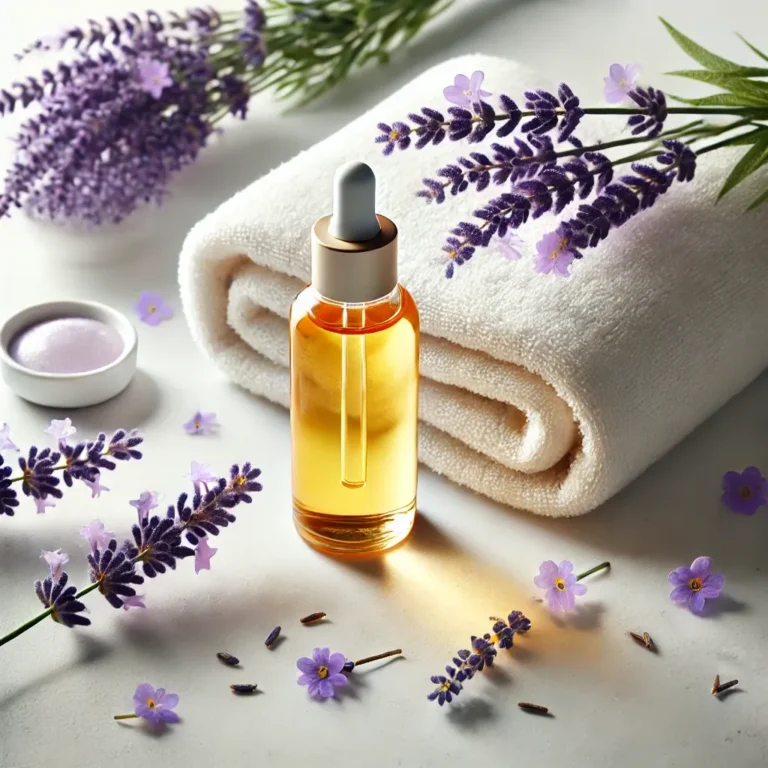
From our adolescence, which is full of hormonal changes, we have learned to be alert to acne and to eliminate it with various products at the first sign. But as adults, we’re experienced enough to know that treating acne is actually more complex and difficult.
Probably no one has ever told us before that what looks like acne might not be acne. That’s exactly what fungal acne is, and no product recommended for acne treatment can cure it. Read on to learn more about this skin problem, also known as “fungus acne”.

What is fungal acne?
Fungal acne, scientifically known as malassezia folliculitis, is a type of infection that occurs in the hair follicles of the skin. It usually presents with itching as small pimples that do not change much in size and shape. May cause whiteheads and skin irritation. It can often be confused with acne vulgaris (a type of acne commonly associated with black or whiteheads). But fungal acne and acne vulgaris are caused by different causes. Therefore, they do not respond to the same treatment. You may even make fungal acne worse if you continue with anti-acne treatments. That’s why it’s so important to understand how fungal pimples appear and develop.
Fungal acne symptoms and fungal acne treatment
People who have fungal acne problems but do not know the difference from other acne can try to treat the problem with regular acne skin care options. These treatments often do not work and can make the infection worse.
Here are some things to consider to understand the difference between fungal acne and bacterial acne:
- Size: All of the pus-filled bumps caused by fungal acne tend to be the same size. Bacterial acne can cause various sizes of pimples and whiteheads.
- Location: Fungal acnes usually appear on the arms, chest and back. If you have acne on the arms and wonder why, the answer may be here. But if you have one the face cheeks it is mostly caused by bacterial acne.
- Itching: Fungal acne often causes itching. Bacterial acne rarely does this.
- Clusters: Fungal acne often appears as small clusters of white dots. Bacterial pimples are less clustered and infrequent.

How do we know it’s fungal acne?
If you think you are experiencing fungal acne symptoms, you may want to see a dermatologist. Your dermatologist will ask you several questions to determine if your symptoms are caused by this condition. However, sometimes they may want to identify the source of the problem with various auxiliary methods.
Ingredients that trigger fungal acne
Fungal acne is caused by an overgrowth of yeast, a type of fungus. For this reason, it is also referred to as malassezia folliculitis. The yeast that causes fungal acne is always present on your skin. Typically, your body can balance yeast, other fungi, and bacteria that are also part of your skin. However, if this natural balance is disturbed, excessive growth can occur. That’s when a hair root infection develops and acne-like symptoms appear. In addition, the following conditions can disrupt this bacterial and fungal balance:
- Trapped moisture: Wearing sweaty clothing for too long can trigger yeast growth.
- Drug treatments: The use of antibiotics can reduce the bacteria on your skin, leading to an overgrowth of a fungus.
- Suppressed immune system: People with suppressed immune systems may be more likely to develop acne.
- Dietary changes: Fungi and yeasts feed on carbohydrates. Therefore, balancing your diet in terms of sugar and carbohydrates can slow fungal growth.
- Tight clothing: Wearing non-breathable clothing can cause a lot of sweat and moisture. This, in turn, can prepare the skin environment necessary for yeast growth.
- Hot and humid environments: People who live in hot climates where sweating is more likely may experience fungal acne more often.

How is fungal acne treated?
Fungal acne is often misdiagnosed as it is mistaken for normal acne. Most people use daily anti-acne treatments against it, but they are useless. To properly treat a fungal infection, the balance of yeast and bacteria in the skin needs to be restored. After diagnosing the problem, your doctor will determine the most suitable treatment for you from among options such as moisturizers, prescription medications and body washes suitable for fungal acne. However, you can take various precautions to prevent fungal acne development:
- Wear breathable fabrics.
- Take a shower without wasting time after sweating.
- Eat a balanced and varied diet.
- Take time for skin care. Give importance to skin health with reliable products suitable for your skin characteristics.







